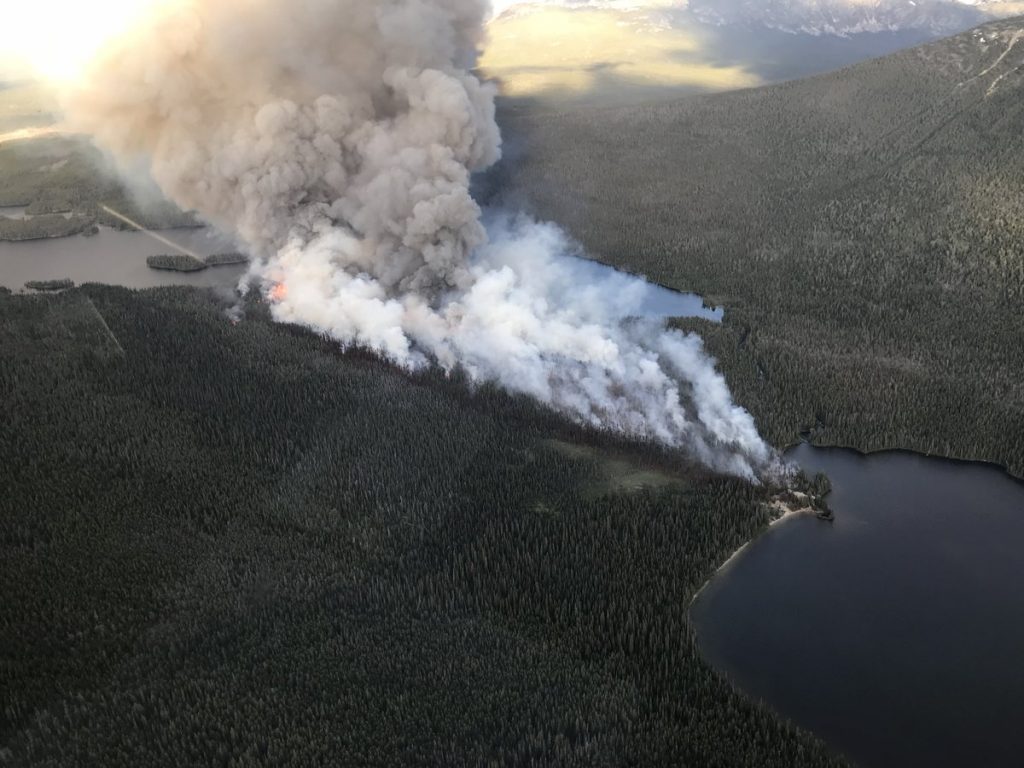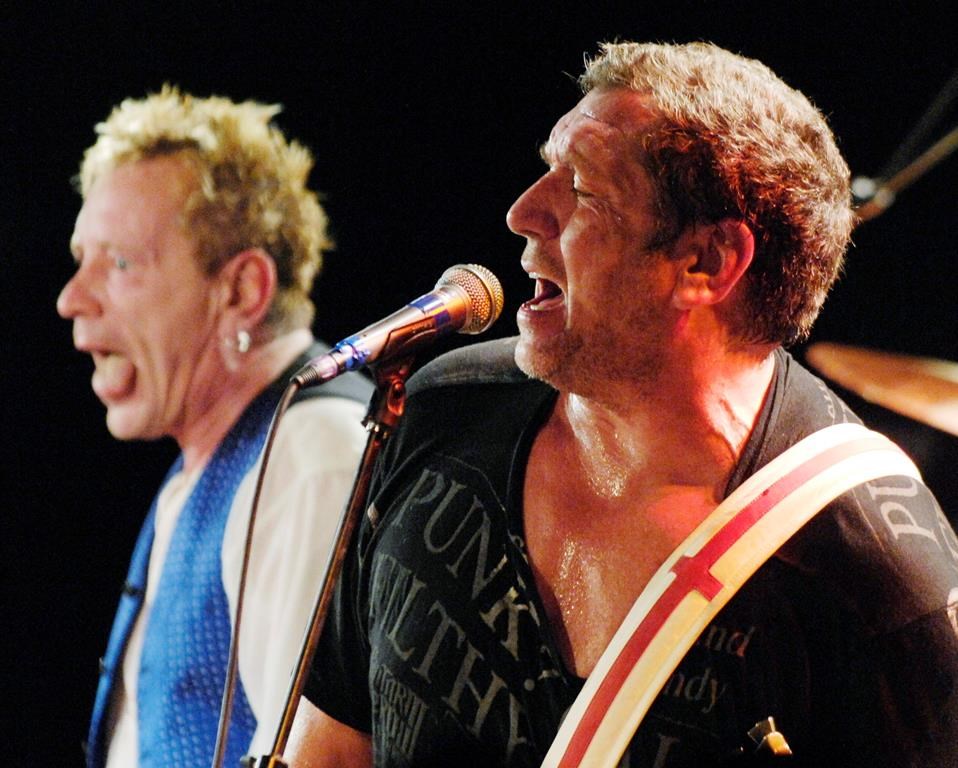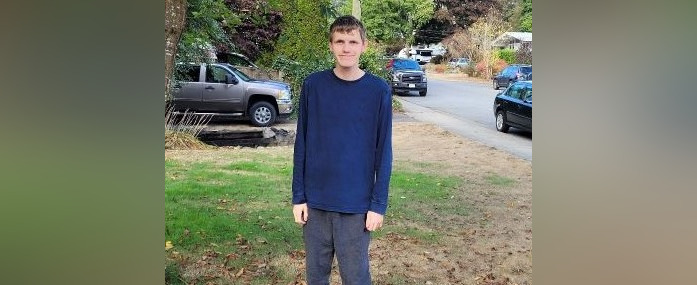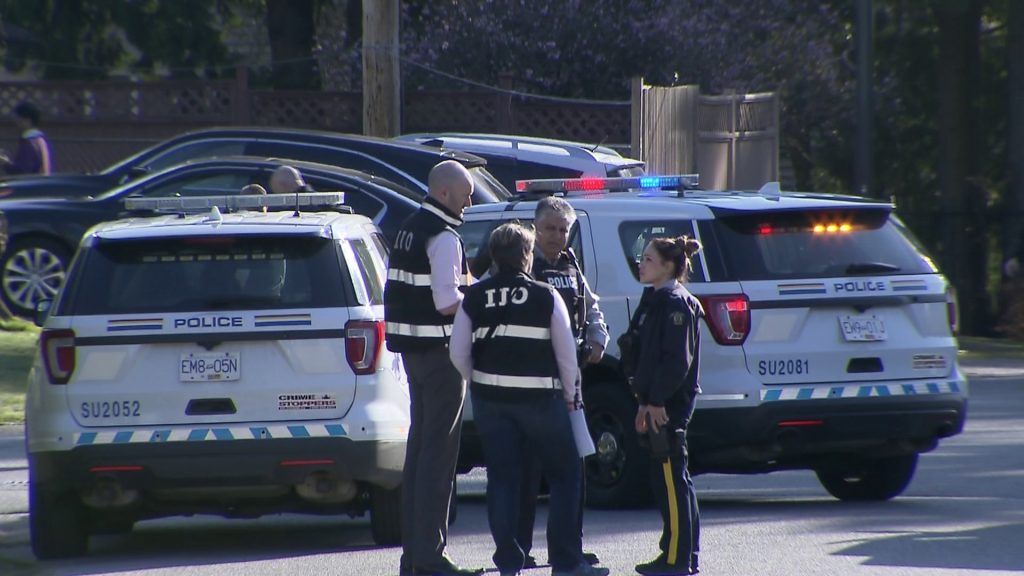B.C. wildfires delay return of wildlife

Posted July 16, 2022 1:54 pm.
After the devastating heat dome and years of wildfires that have hit B.C., wildlife isn’t returning to many areas of the province like it used to.
Karen Simundson, who lives in the Cariboo region, says she and many others in that community are seeing fewer birds and rodents.
“We used to be overrun with squirrels before and they were running up and down our fence all the time, squawking, making noises, and we haven’t seen any, not one,” she told CityNews.
“We used to at the end of the summer have squirrels throwing pinecones on our roof all the time and it would roll down our roof and they’d come and collect them all off the deck. We haven’t had that for a couple of years, there’s been nothing.
“Our Whiskey Jacks aren’t back either. They’re like the Grey Jays. We used to get a lot of those here and we haven’t had those for a few years either,” Simundson added.
Post-fire landscape factors for wildlife
The return of wildlife to a post-fire landscape can depend on a number of factors, according to Karen Hodges, a professor of conversation ecology at UBC Okanagan.
That answer, she says, depends on “incredible nuance of what burned.”
“In some areas, you’ll have lost almost 100 per cent of the trees, that they all died. Other areas you could have 60, 70, 80 per cent that survived, and then everything in between,” she explained.
“Some animals die in the fire, typically things that can’t move away. So, birds in nests, red squirrels if the babies are still in a nest, small rodents that can’t burrow or outrun the flames.”
According to the province, a total of 1,354,284 hectares of land was burned in 2018. In 2019, the total area burned was 21,138. A year later, in 2020, 14,536 hectares burned.
Related articles:
-
B.C. wildfires having detrimental impact on animal habitats
-
Wildfire report author says heat dome highlights need for new plans in wildfire fight
-
B.C. heatwave a sign of things to come, warns climate advocacy group
Three of the last five years were record-setting for B.C., Hodges notes, pointing out 2018 marked the most area burned.
Post-fire, Hodges says the return of wildlife can also depend on how big the blaze was, how many trees were destroyed, and if the post-fire landscape was logged or left alone.
“My research team and I have done some work on these post-fire landscapes finding a very strong signature that salvage logging delays things by at least a decade,” she added. “Plants regrow more slowly, you do not get rapid tinder regrowth, and the wildlife avoid the areas that are salvage logged. So some of the answer really, really, truly, is, what do people do after a landscape is burned?”
Hodges says variety in the landscape is critical when it comes to wildlife. But she acknowledges that wildfires are a natural occurrence in many cases, and can actually be necessary — if they’re small.
“What I think people are discovering in the field of fire ecology is it’s great to have lots of little burns, because what that does is it builds a landscape that has its own fire breaks. You’ll have some areas that burned two years ago, five years ago, 10 years ago that won’t have a lot of fuel in them. Then, if you get a hot, dry summer or a heat dome, these really fire-prone summers, even if a fire starts, if it burns in the areas that don’t have fuel, it’ll slow down or stop,” she said.
The professor has previously sounded the alarm about the effects of wildfires on wildlife habitats, noting critical landscapes can take years to recover — if at all. She’s said fires are now burning bigger and hotter, with seasons typically starting earlier and ending later, though that hasn’t necessarily been the case this year.
The Ministry of Forests has said it takes at least six months to complete assessments on the impact of fires on wildlife.
Heat domes and wildlife: many unknowns
When it comes to heat domes, Hodges admits there’s a lot we don’t know.
“2021 did have that completely unprecedented heat dome to start the summer and because we’ve had so few of these events — not so hot, not so long, not so noticeable — scientifically, we don’t know very much about their effects. So we’re having to reason from other systems or what we know about how wildlife respond to heat, drought, these sorts of things. But we really don’t have a lot of solid research on heat domes, per se,” she said.
“Here’s what I think we know: The heat dome has negative effects on animals, just by itself. We saw that with the number of people who were killed during the heat dome, that physiologically it’s tough to be too hot. A lot of birds would have been nesting and their offspring would not have been able to escape into cooler environments. Eggs … might not have hatched, hatched things might not have had enough moisture to be able to survive. So we don’t know, but based on observations elsewhere, other times, that’s a reasonable supposition.”
Hodges points to the destructive effects on marine life as a result of the heat dome too.










